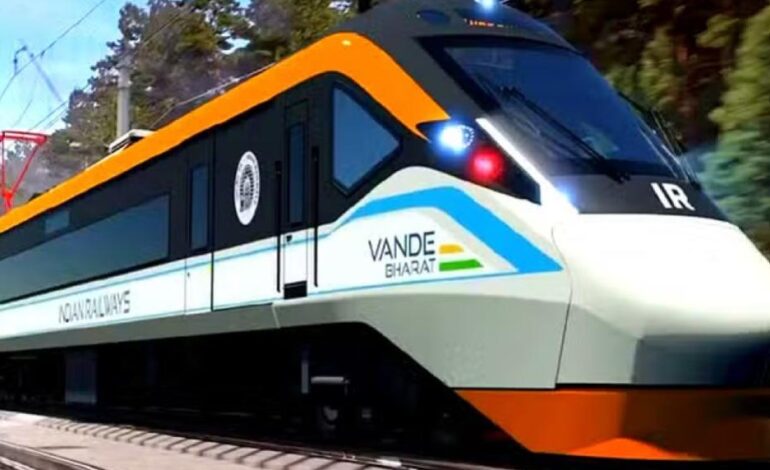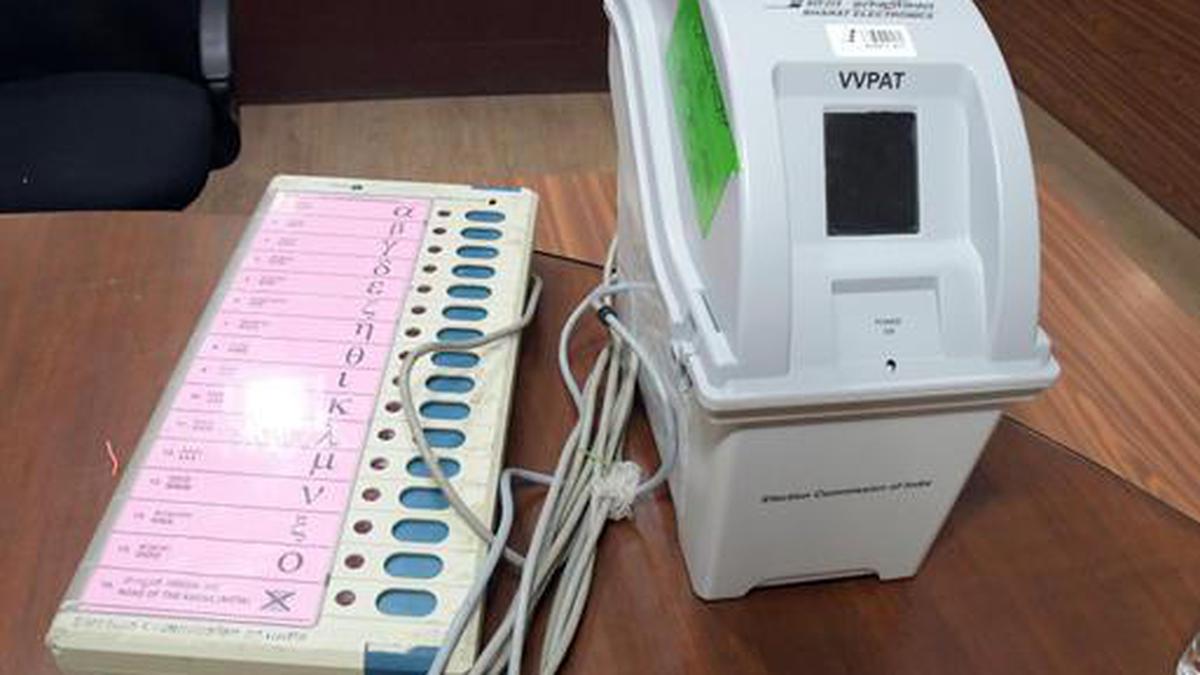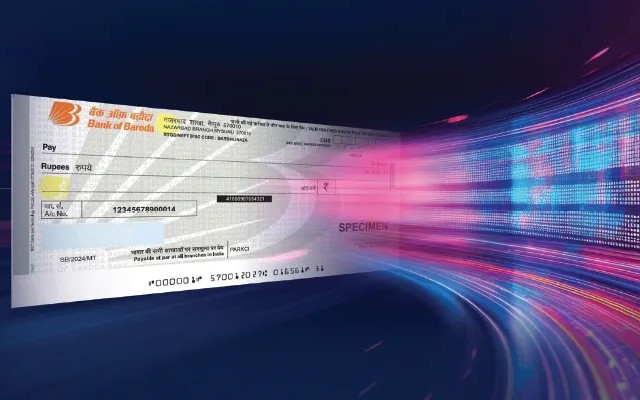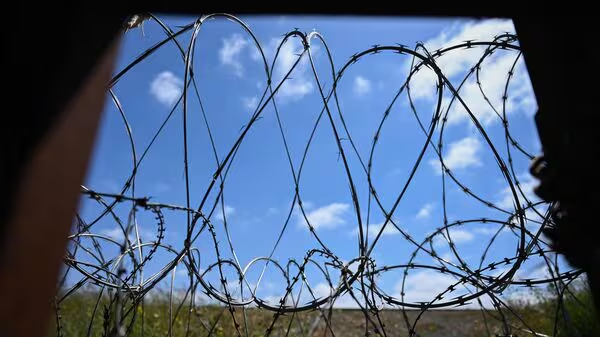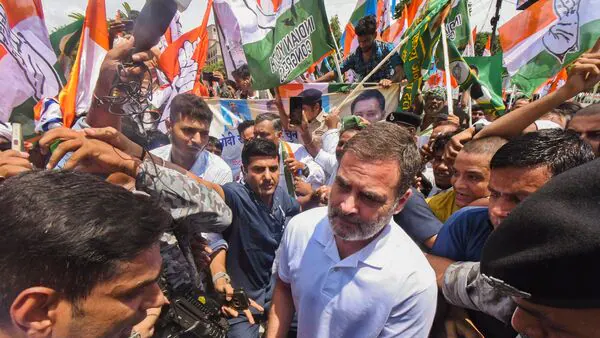New Delhi, July 26: In a significant milestone for Indian Railways’ modernization journey, over 78% of railway tracks across the country are now upgraded to support speeds of 110 kmph and above, according to the Ministry of Railways. The transformation has come on the back of a decade-long infrastructure push aimed at enhancing speed, safety, and capacity on one of the world’s largest rail networks.
In a written reply to the Rajya Sabha on Friday, Union Minister for Railways, Information & Broadcasting and Electronics & IT, Ashwini Vaishnaw outlined the sweeping changes carried out under the track modernization programme.
Track Upgrade in Numbers
The comparison of track capacity between 2014 and 2025 tells a compelling story of infrastructure advancement:
| Sectional Speed | 2014 – Track km (% of total) | 2025 – Track km (% of total) |
|---|---|---|
| Less than 110 kmph | 47,897 km (60.4%) | 22,862 km (21.6%) |
| 110–130 kmph | 26,409 km (33.3%) | 59,800 km (56.6%) |
| 130 kmph & above | 5,036 km (6.3%) | 23,010 km (21.8%) |
| Total | 79,342 km | 1,05,672 km |
This data shows a massive decline in slow-speed sections and a threefold increase in high-speed track sections (130 kmph and above) over the last decade.
Infrastructure Overhaul: New Materials and Machines
The Railways have adopted a suite of advanced materials and equipment to achieve this transformation. Key upgrades include:
- Use of 60 kg rails for greater strength and durability
- Wider base concrete sleepers and H-beam sleepers for track stability
- Longer rail panels to minimize joints and ensure smoother rides
- Thick web switches for better junction handling
- Deployment of modern track renewal and maintenance machines
Vande Bharat: Semi-High Speed at Full Throttle
India’s indigenously designed Vande Bharat trains continue to set new benchmarks in semi-high-speed travel. These trains operate at a maximum speed of 160 kmph and are built for a design speed of 180 kmph. The ministry noted that the average operational speed varies due to factors like track geometry, maintenance schedules, and scheduled stoppages.
A significant addition is on the horizon with the first prototype of the Vande Bharat Sleeper trainset now manufactured and undergoing commissioning trials. This marks a new chapter in long-distance high-speed train travel, offering comfort without compromising on efficiency.
As India advances toward building a modern, high-speed railway ecosystem, these infrastructure and technology upgrades reflect the government’s commitment to safety, speed, and passenger convenience on Indian Railways.

